The challenge for most designers when creating complex data visualizations is to validate their concepts with real data to see if the visualization has the intended effect. This is mostly done by implementing the visualization through code. This however requires coding skills – which most designers don't have. Thus this tasks becomes a huge hurdle for many designers and prevents them from realizing their concepts.
Ada is a tablet application that allows designers to quickly prototype and validate data visualization concepts with real data. Users can explain their concept by sketching, pointing and verbally describing it to the computer. Ada uses a combination of computer vision, pattern recognition and natural language processing (NLP) to interpret the users input and "understand" the concept. Ada then writes the corresponding code to implement the visualization using the actual data.

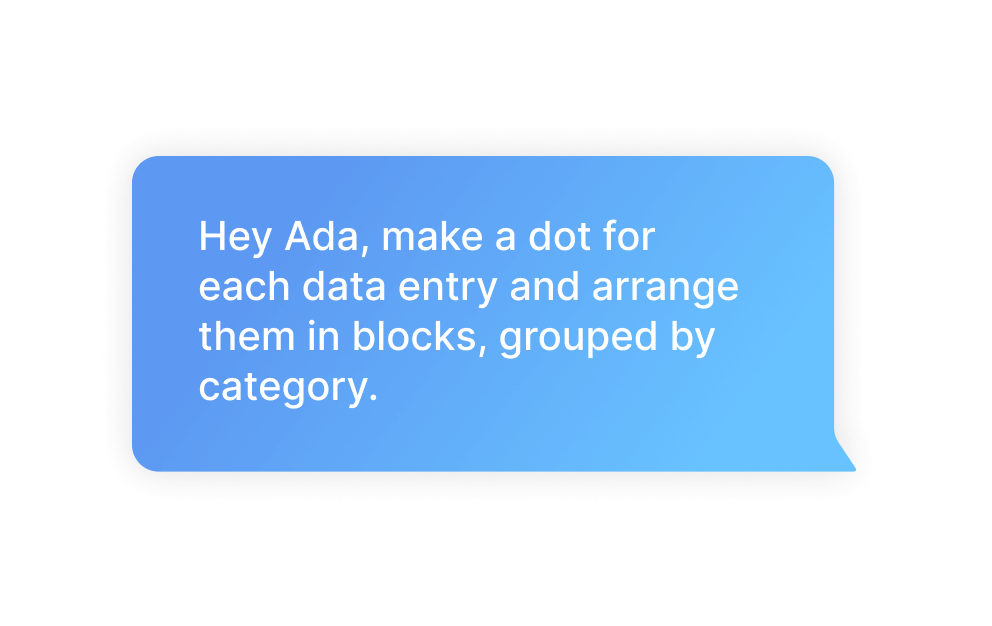
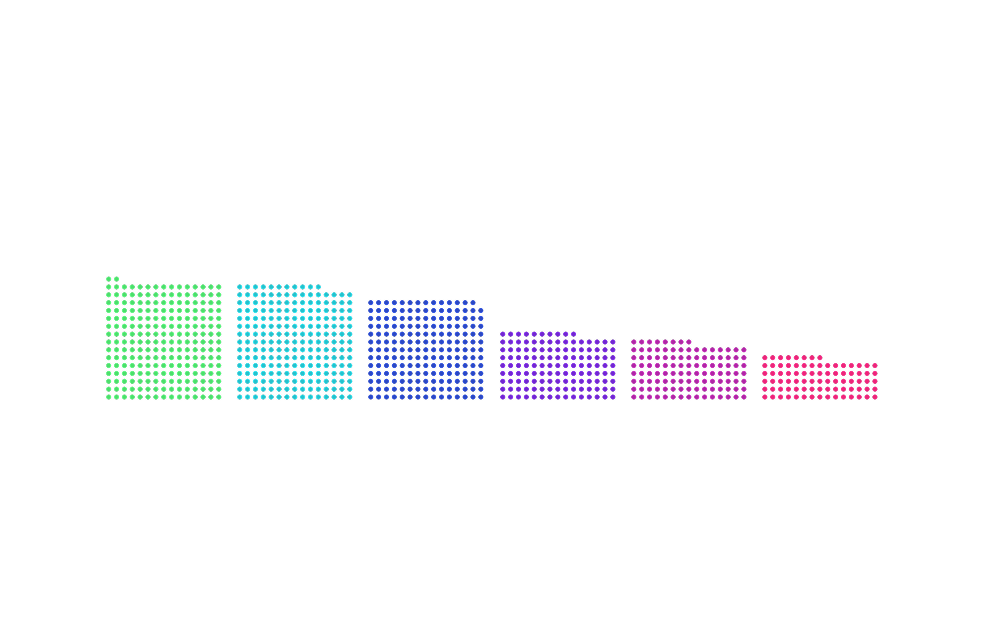
1 Sketch
Sketch out the concept for your data visualization on the digital canvas.
2 Explain
Verbally explain the concept to Ada using natural language to annotate the underlying data set to the visualization.
3 Generate
Ada combines your sketch and the verbal annotations to create a functioning data visualization using the actual data.
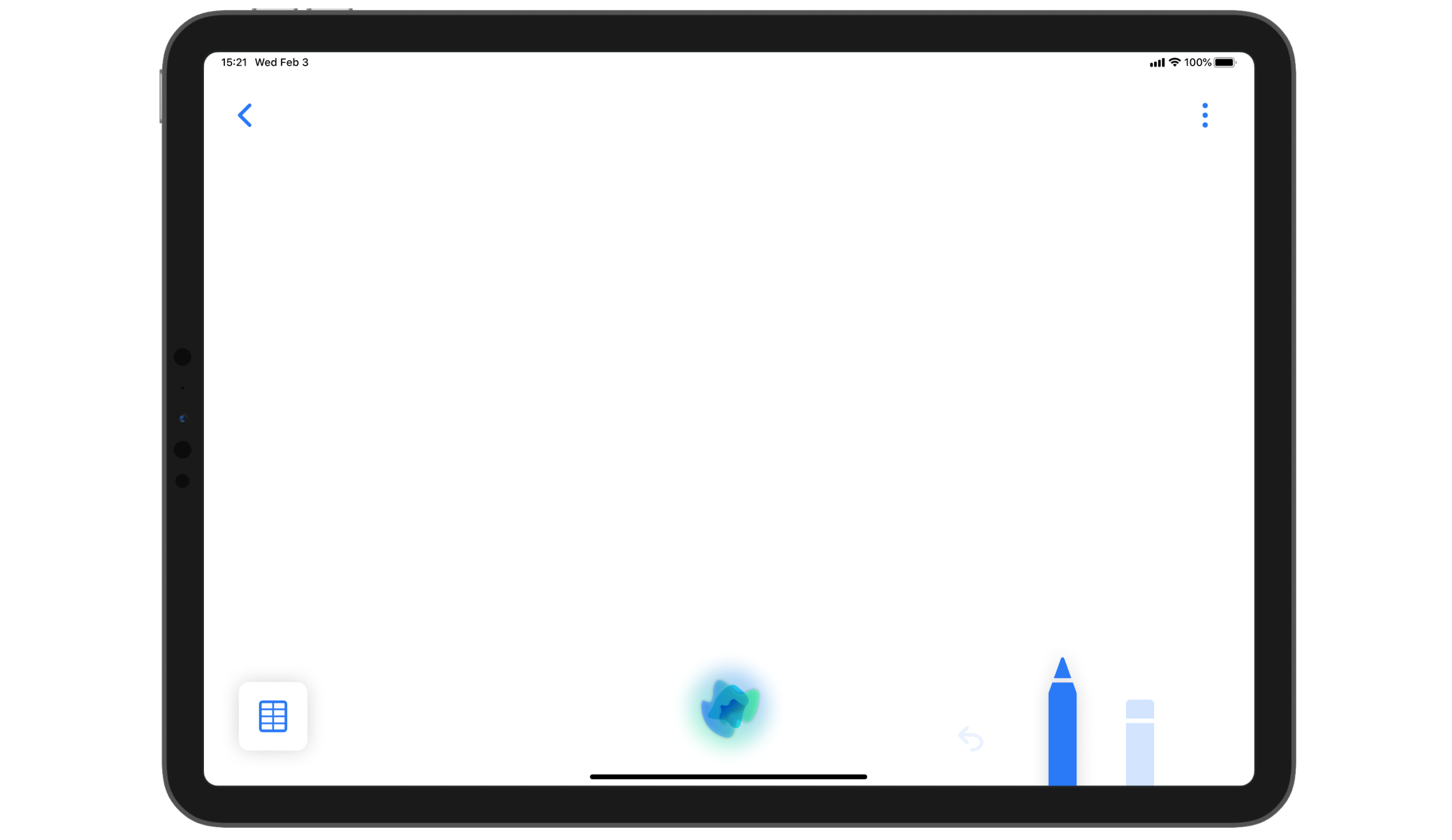
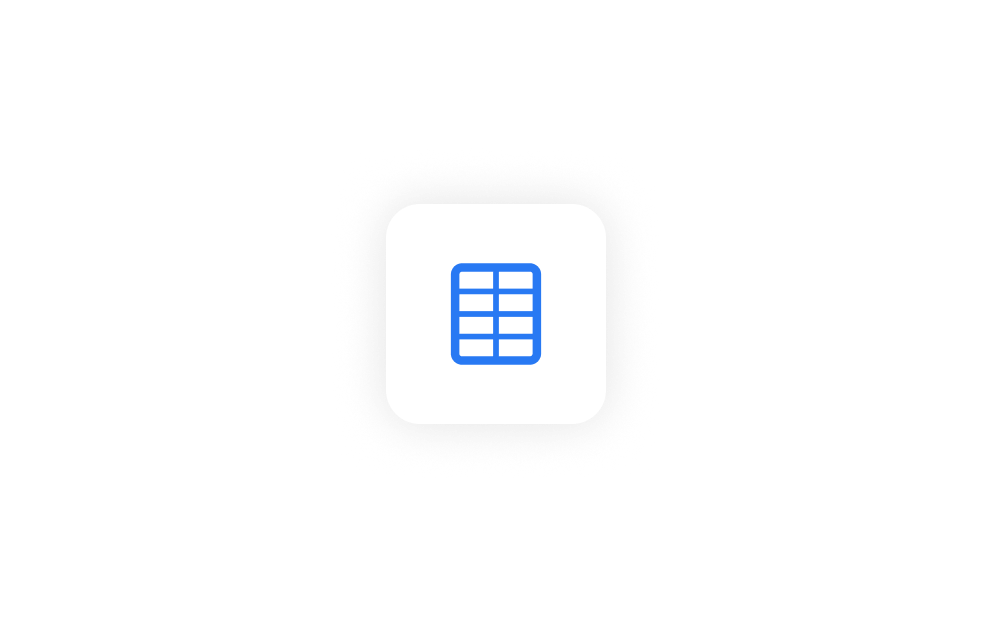
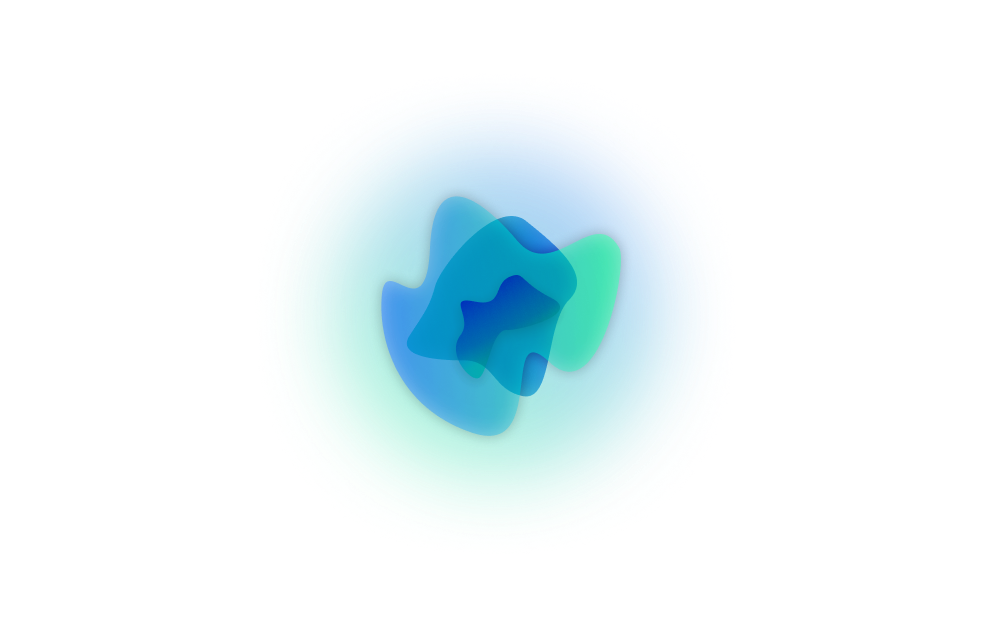
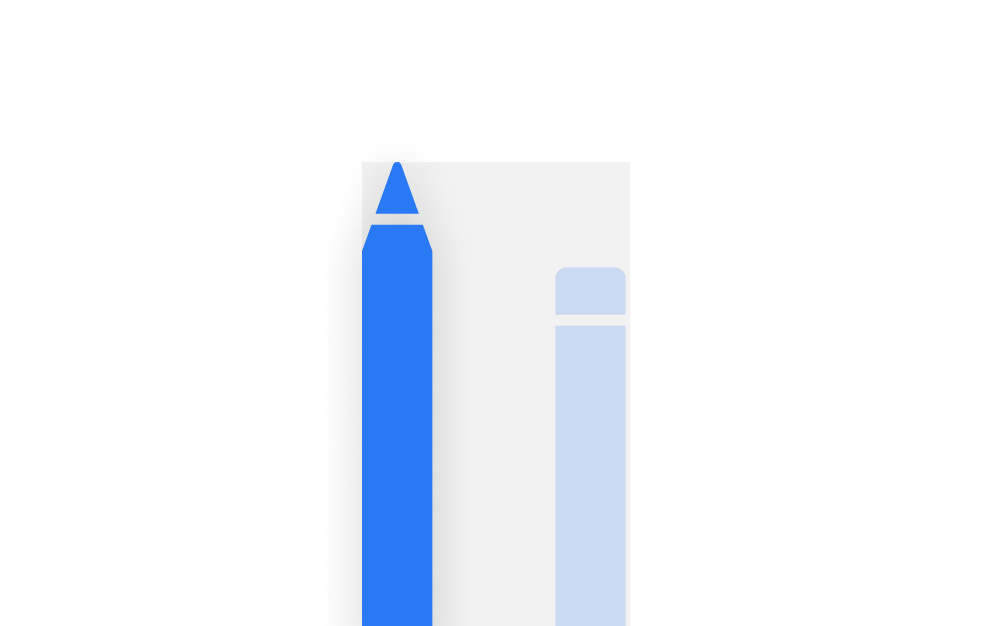
Data Set
Ask specific questions about the data set to inform your concept decisions. Ada has a semantic understanding of the data set and can help you explore the data.
Voice
Verbally explain the concept to Ada. In case of missing information Ada will ask questions.
Pen & Pointer
Sketch the concept and make annotations by pointing at parts of the sketch while simultaneously verbally explaining it to Ada.
Canvas
Use the canvas to sketch out your data visualization concept.
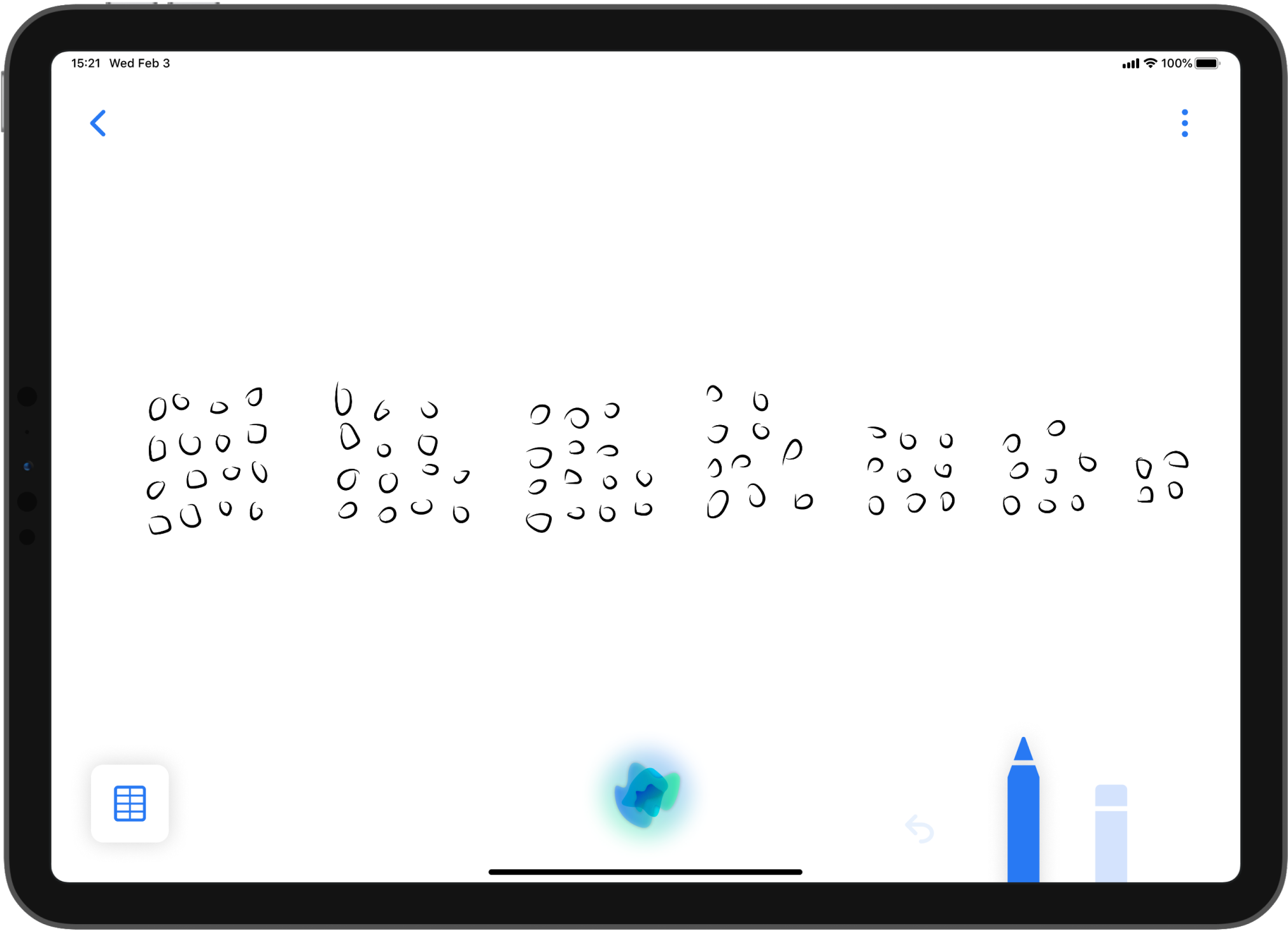
Data Set Exploration
Ask Ada specific questions about the data set to inform your concept decisions.
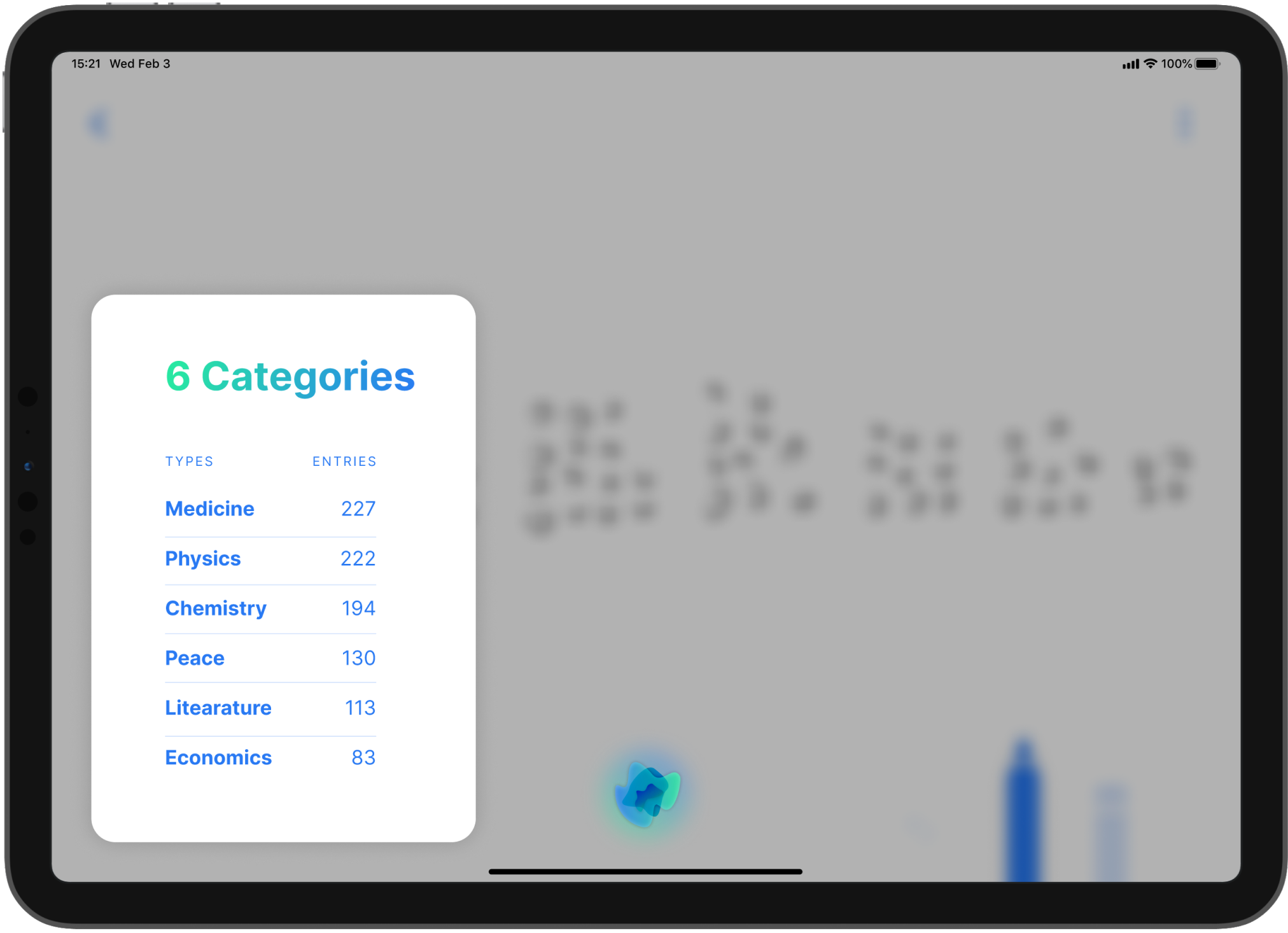
Generate Visualization
Once Ada has enough information you can start the visualization process.
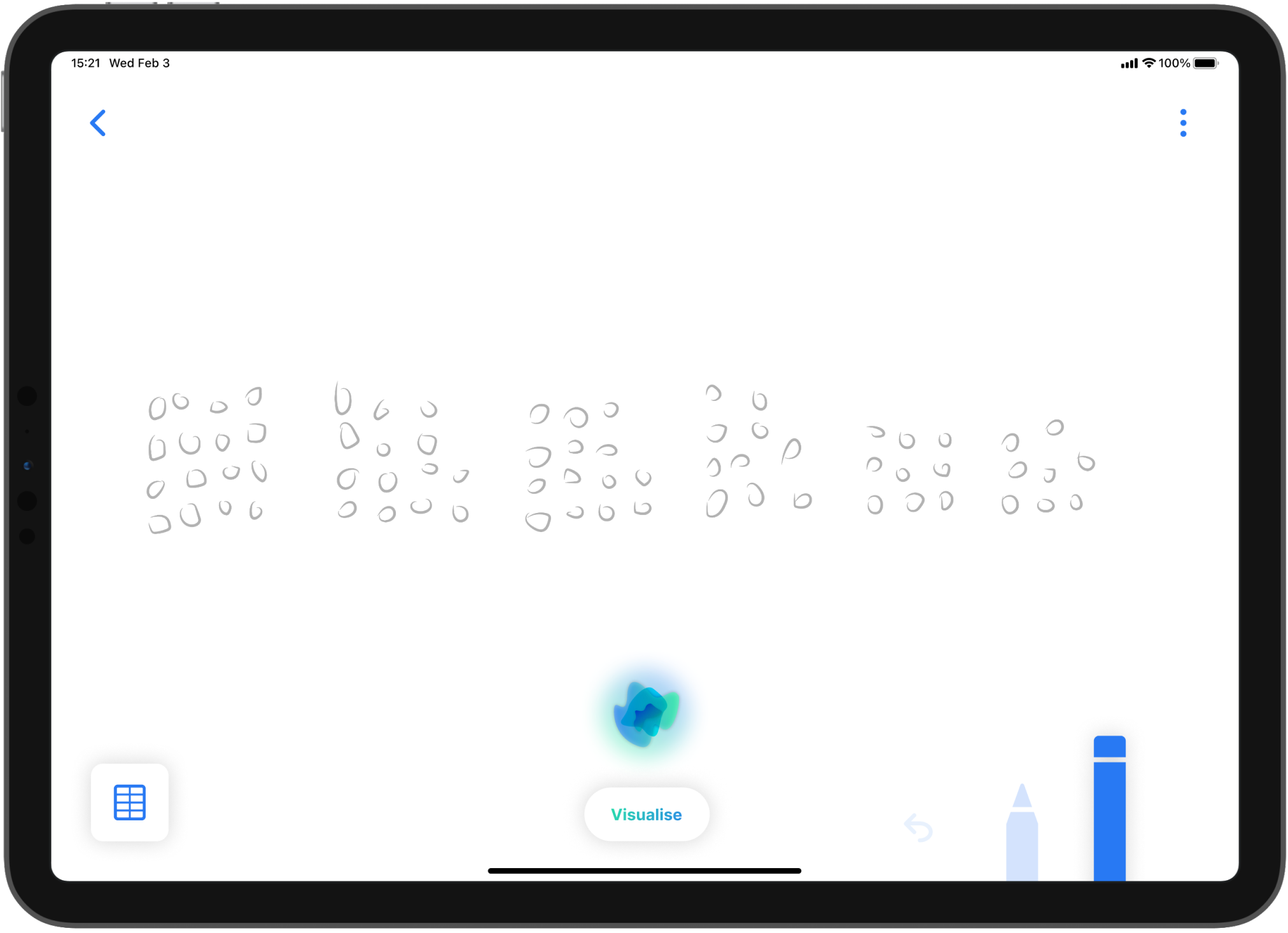
Data Visualization
The generated data visualization using the real data replaces your sketch.
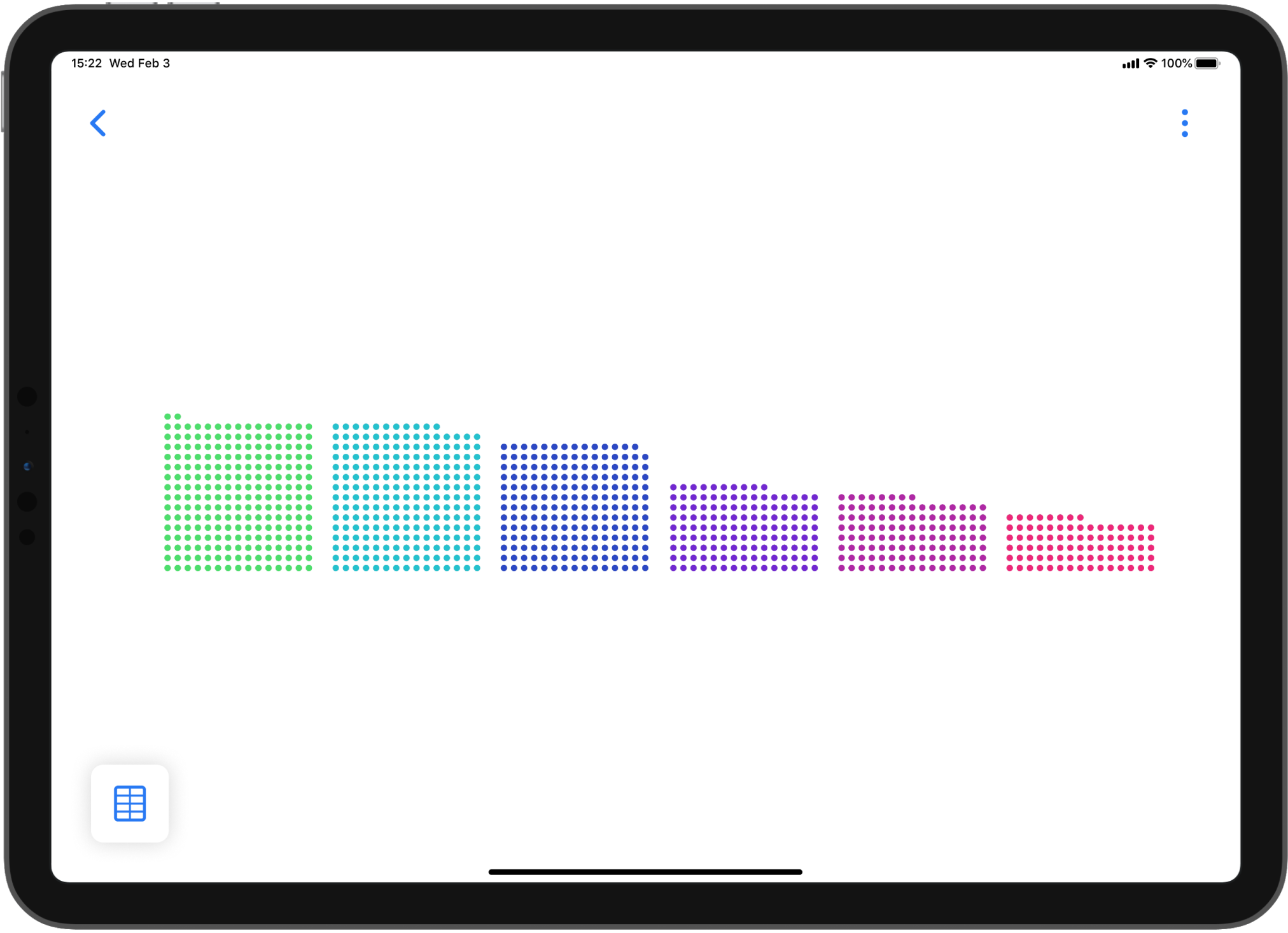
Detail Annotations
Refine the visualization or add more details using further sketches and annotations.
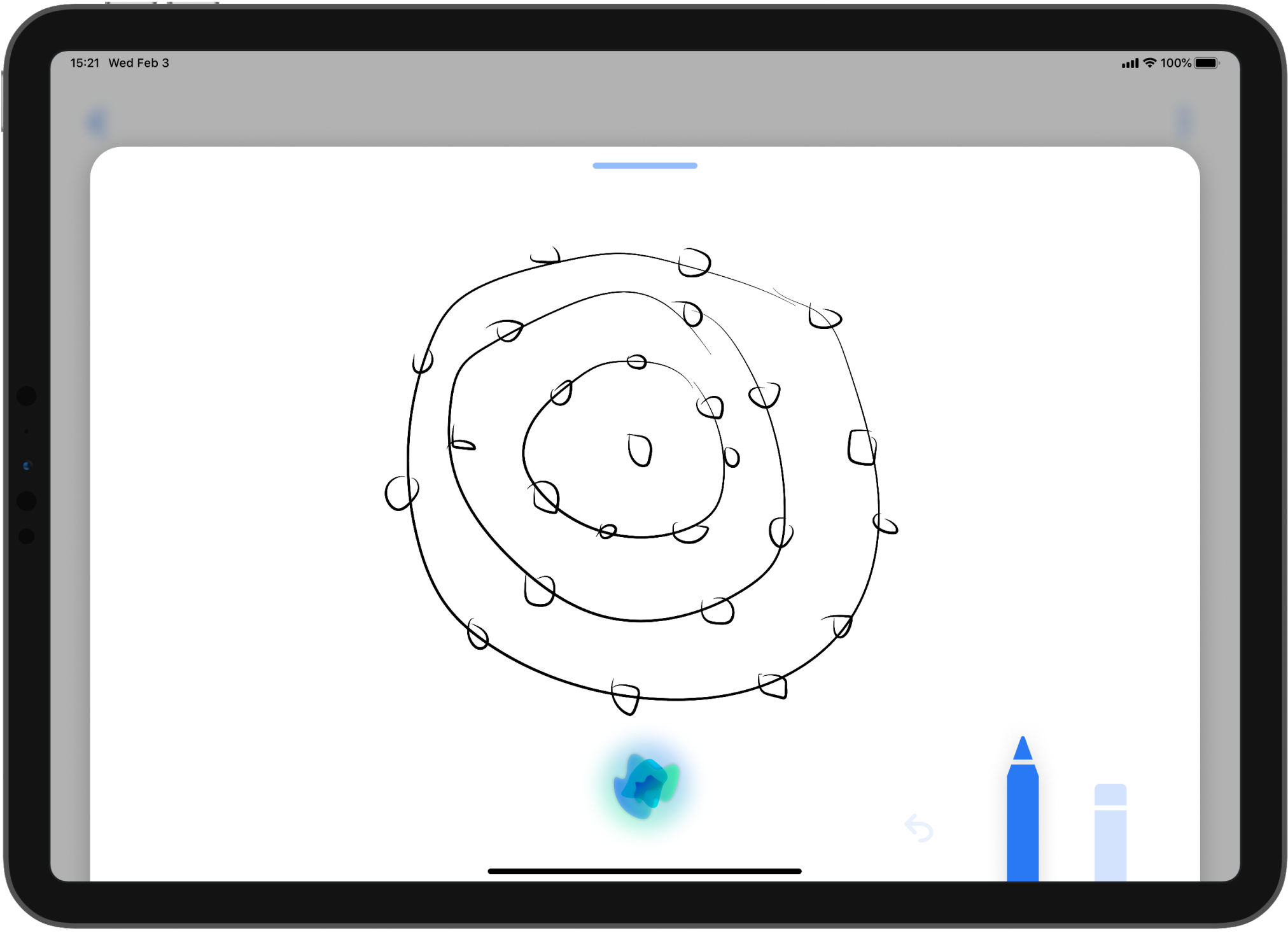
Final Visualization
Once the visualization is too your likings, you can export it as javascript code.
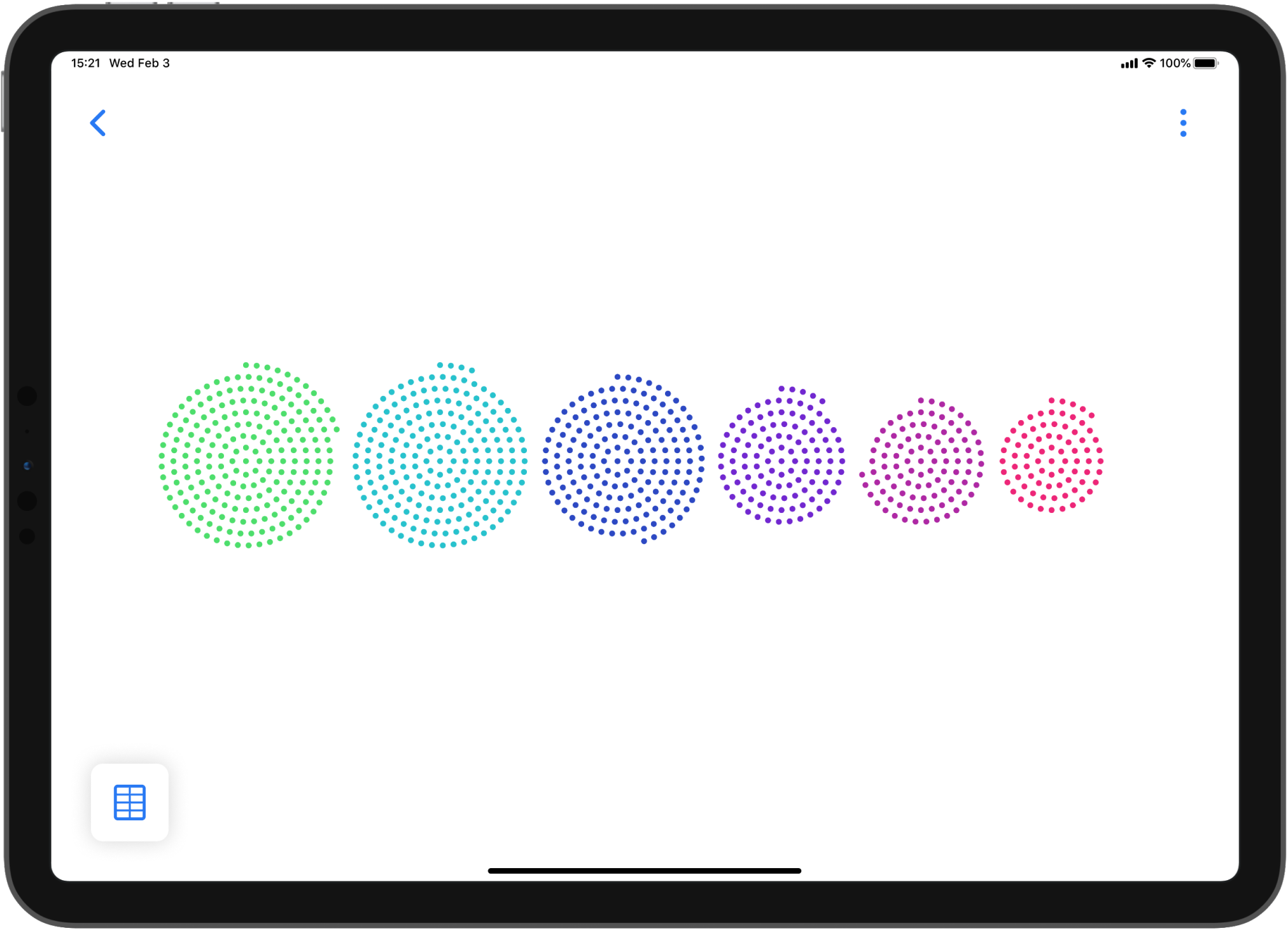
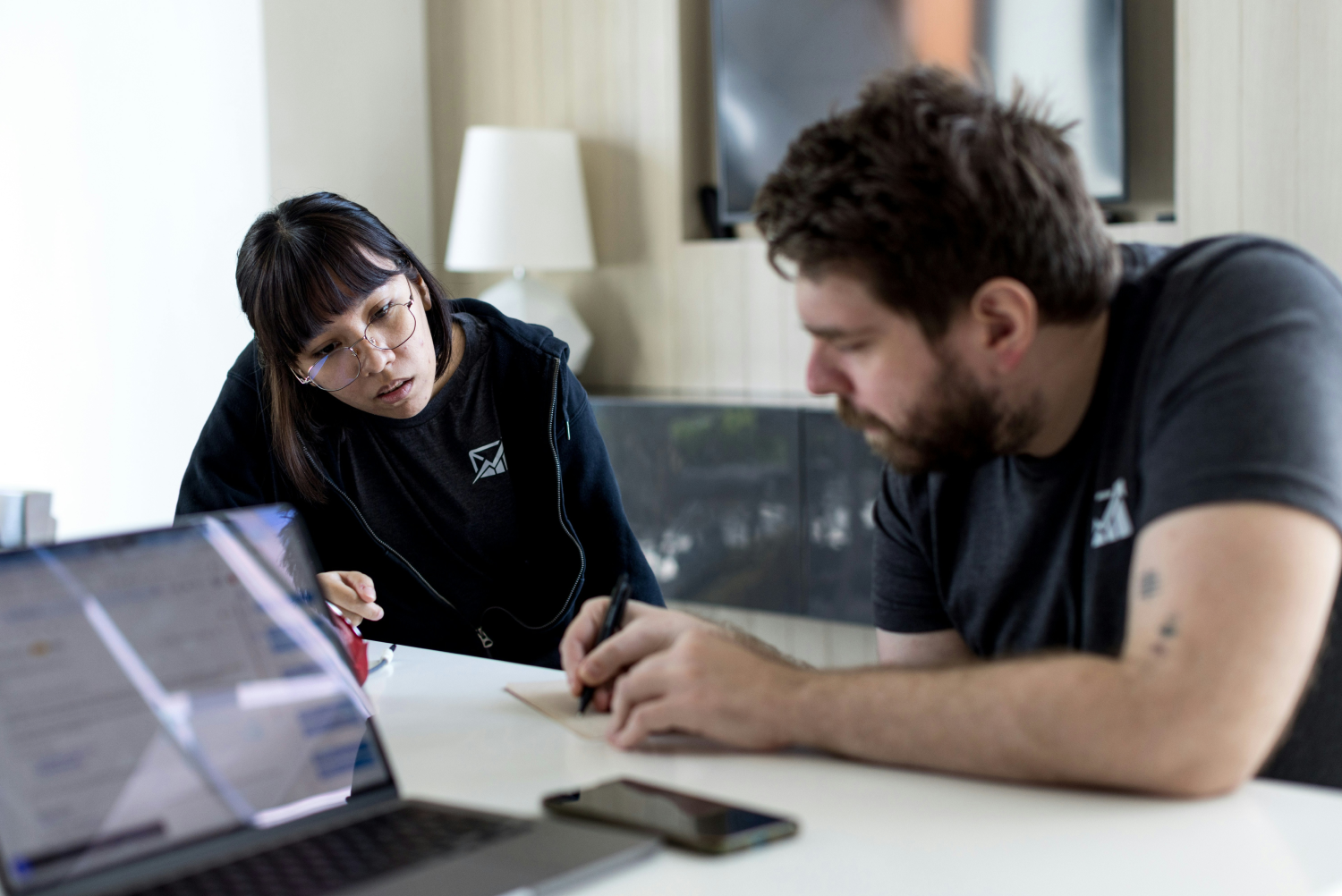
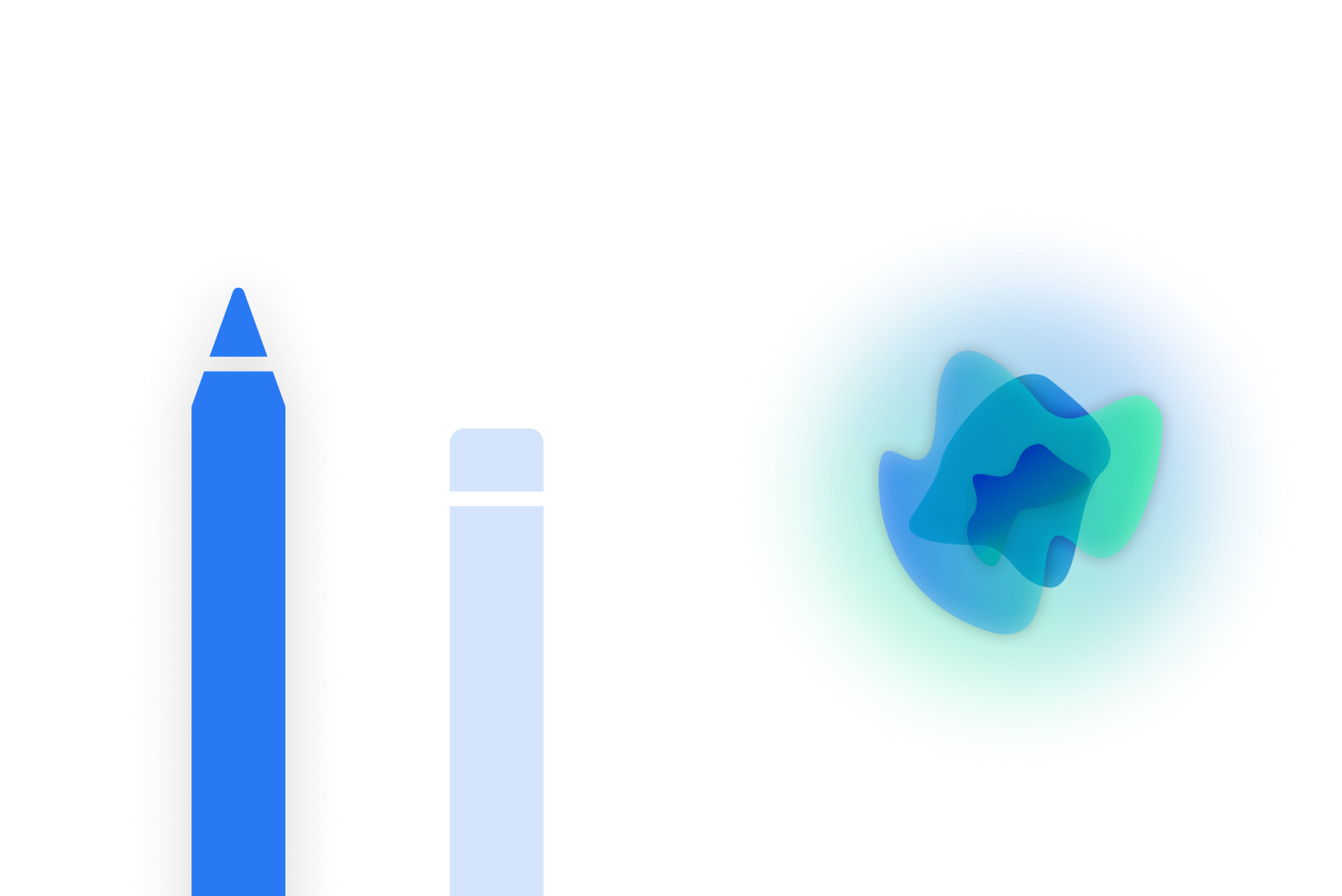
Ada demonstrates how different emerging technologies like computer vision and natural language processing can be combined to create a new kind of interface that is based on "showing" and "explaining" – two fundamental concepts of human to human interaction. So instead of designers having to learn the language of the machine and translate their visualization concept into abstract code, we propose that the machine instead speaks the language of the designers to understand and implement the concept.
